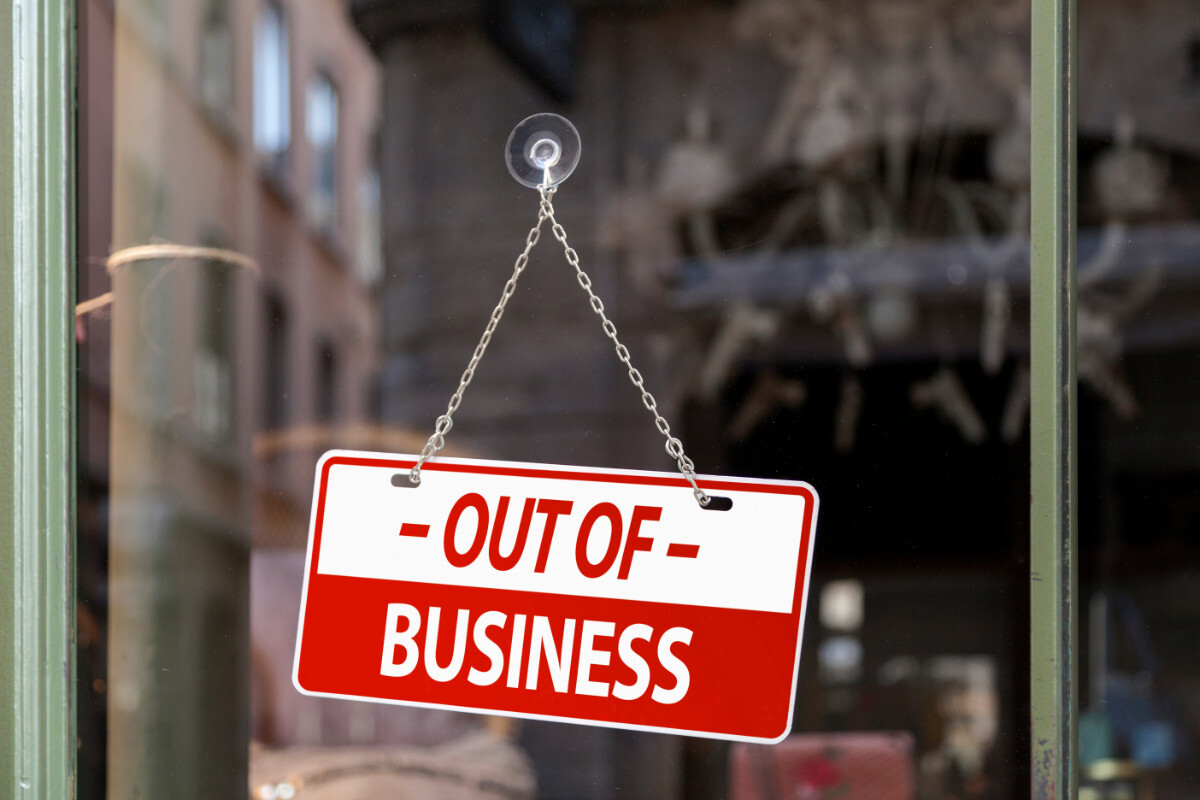The first quarter of 2025-2026 (April to June) saw corporate insolvencies in Scotland rise by 17.3% year-on-year, totalling 332.
The new figures come from Accountant in Bankruptcy, Scotland’s insolvency service, which showed that there was a quarter-on-quarter increase of 12.9% corporate insolvencies, with the last quarter of 2024 having 294 total insolvencies.
Personal insolvency numbers (bankruptcies and protected trust deeds) in Scotland for the first quarter of 2025 decreased by 5.8% compared with the first quarter of 2024, to a total of 1,935.
Compared with the previous quarter, from January to March 2025, the number of personal insolvencies rose 15.8%.
“Corporate insolvency activity in Scotland is picking up pace, with more firms entering an insolvency process last quarter than at any point in the past two years,” Tim Cooper, immediate past president of R3 and partner at Addleshaw Goddard LLP, said.
“This upward trend stands in contrast to England and Wales, where corporate insolvency numbers increased only slightly on the quarter and fell year-on-year.
“The more significant rise and overall upward trend in Scotland has been driven largely by a significant increase in Compulsory Liquidations, which have reached their highest level in six years, a high proportion of which are driven by HMRC, indicating a more robust approach to tax debt collection and enforcement, and other creditors adopting a similar and more active approach through the courts.”
Voluntary liquidations from creditors have dipped in the previous quarter and the same period in 2024.
“This all paints a picture in the Scottish economy of businesses struggling with liquidity to pay creditors as they fall due, with creditors including HMRC taking proactive court action to enforce payment or bring businesses to a close and prevent further losses,” Cooper commented.
Recommended
“From a voluntary liquidation perspective, there may be hesitation among directors to take decisive steps in the current climate, or that they are able to find other avenues towards rescue and recovery including creditor support and forbearance which avoids an insolvency or otherwise enables a solvent closure. That said, Members’ Voluntary Liquidations remain above last year’s level but have fallen from the heightened numbers seen in late 2024 and early 2025, when many directors accelerated closures to benefit from the lower Business Asset Disposal Relief rates ahead of planned tax increases.
“There are indications that momentum in Scotland’s economy is stalling, and these latest figures indicate more businesses in Scotland are paying the price. Amid high operating costs, low confidence, and persistent inflation, many firms are facing tough choices around whether to keep trading, let alone grow.
“Rising costs from the National Minimum Wage and employers’ National Insurance contributions at the start of this quarter, combined with concerns over potential autumn tax hikes and tariffs, are clouding decision-making and forcing many firms into a holding pattern as they wait for greater certainty.”
Related

